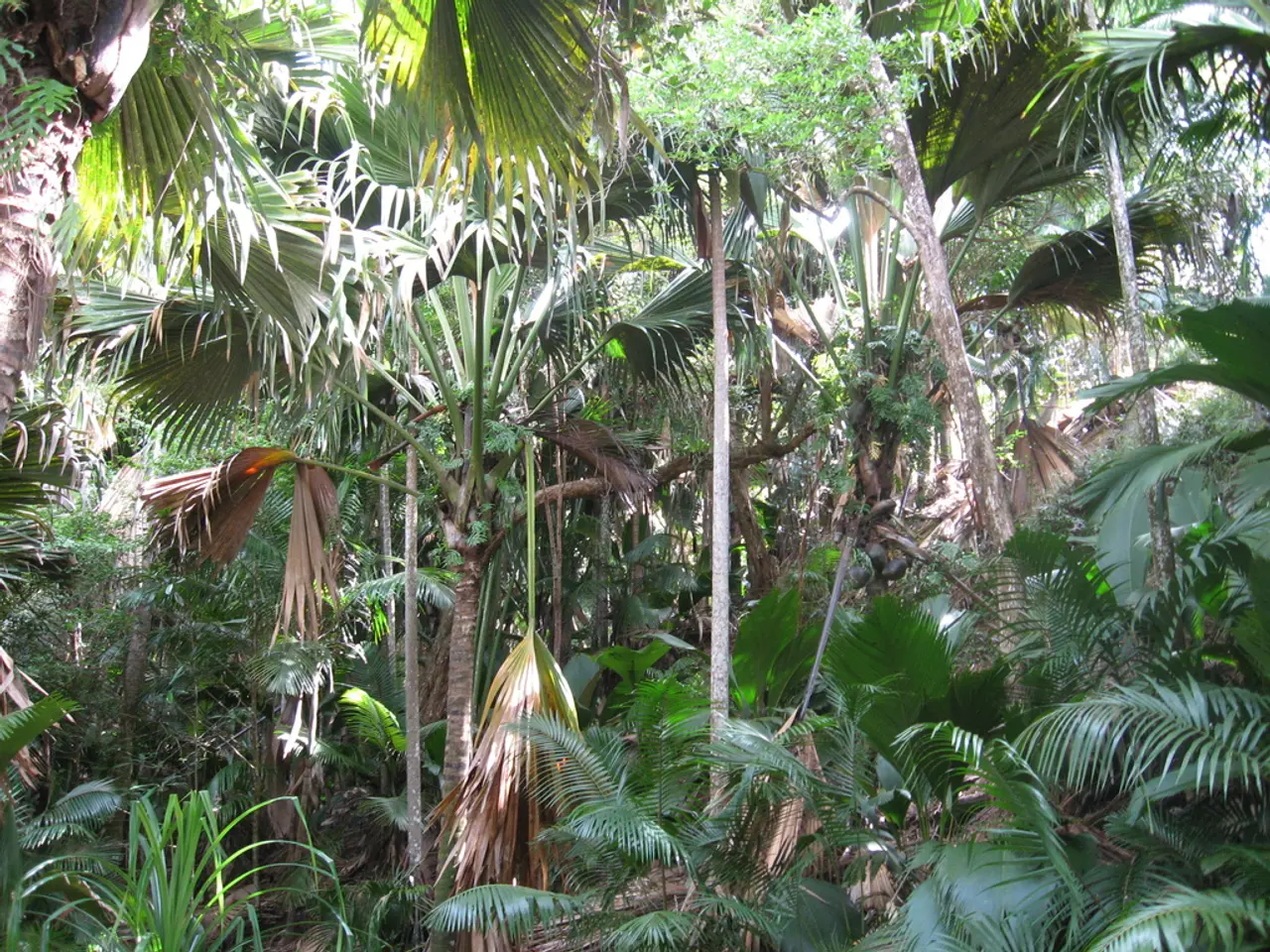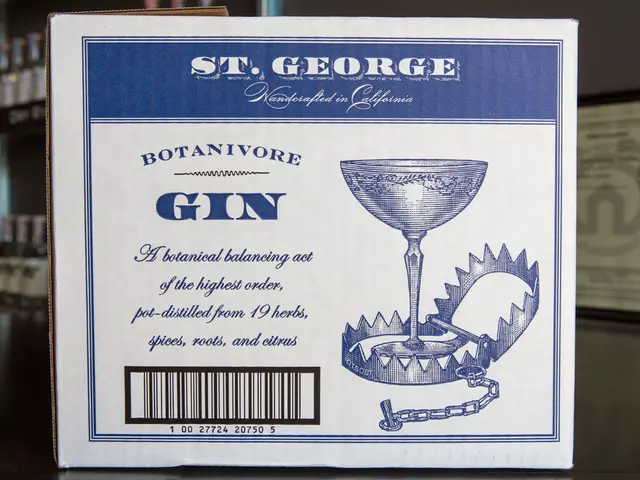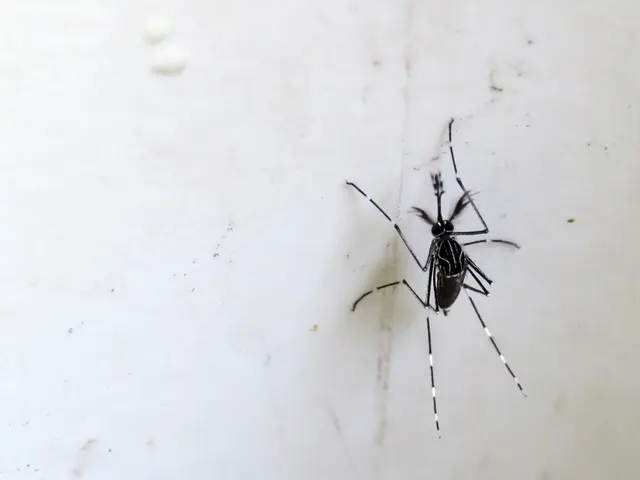Impact of Frequently Used Herbicides on the Management of Shrubbery and Trees in Forest Areas
In the realm of forest management, a practice known as forest stand improvement plays a significant role in enhancing the quality of forests. This approach aims to improve a forest stand's species composition, age structure, condition, health, and growth.
One of the methods used to achieve this is the application of herbicides. Common methods for deadening undesirable trees, shrubs, and vines include girdling, frilling, herbicide injection, basal herbicide spraying, and cut stump herbicide application.
When choosing an herbicide, it's essential to consider factors such as ease of use, relative availability, worker exposure, environmental safety, personal experience, and the herbicide's effectiveness in controlling the target plant species.
The effectiveness of these herbicides can vary, and careful and proper application according to label directions is crucial to minimize personal and environmental risks, and maximize herbicide effectiveness.
Two tables, originally published in July 2006, provide estimates of the relative effectiveness of several commonly used herbicides in controlling specific woody species for various treatments. These include frilling, girdling, injection, stump application, basal spray, and oil soluble herbicide treatments.
Table 1 serves as a guide to the relative effectiveness of all listed herbicides when used for these methods, as well as for the effectiveness of water-soluble herbicides in preventing sprouting when applied to a stump immediately after cutting. The categories include Susceptible (S), Intermediate (I), Resistant (R), and occasionally borderline between two categories.
Table 2 is a guide to the relative effectiveness of oil soluble herbicides listed when applied as basal sprays or as cut stump treatments to prevent sprouting. A ranking of Susceptible means the species is usually susceptible to the herbicide, requiring little to no retreatment. On the other hand, a ranking of Resistant means the herbicide will usually provide relatively poor control of that particular species. A ranking of Intermediate means the herbicide will kill a high proportion of the treated stems, but some may require retreatment.
It's important to note that these evaluations are not absolutes, and other factors, such as the health and vigor of the plant, the amount and concentration of herbicide used, the method and season of application, can affect a herbicide's effectiveness.
The specific herbicides listed as effective for rejuvenating certain tree species, such as Glyphosate and Triclopyr, are officially labeled as suitable for the frilling and girdling techniques by regulatory authorities.
Herbicides used in forest stand improvement should be used only for their labeled purposes. The information in the fact sheet was sourced from "Brush Control in Illinois" by D. Anderson and M. McGlamery (1992) and "Weed Control in Non-Cropland Areas" by G. Arnold and G. LaBarge (1994).
Deadening is a method of choice for removing undesirable trees, shrubs, and vines when their removal is not economically feasible. Effective herbicide selection is crucial to achieve acceptable control of target species, even if it is not the least expensive.
In conclusion, careful herbicide selection and application play a vital role in forest stand improvement, helping to control undesirable plant growth and promote the growth of desirable species. Always remember to follow label instructions to ensure the safety and effectiveness of the herbicides used.
Read also:
- Peptide YY (PYY): Exploring its Role in Appetite Suppression, Intestinal Health, and Cognitive Links
- Toddler Health: Rotavirus Signs, Origins, and Potential Complications
- Digestive issues and heart discomfort: Root causes and associated health conditions
- House Infernos: Deadly Hazards Surpassing the Flames








